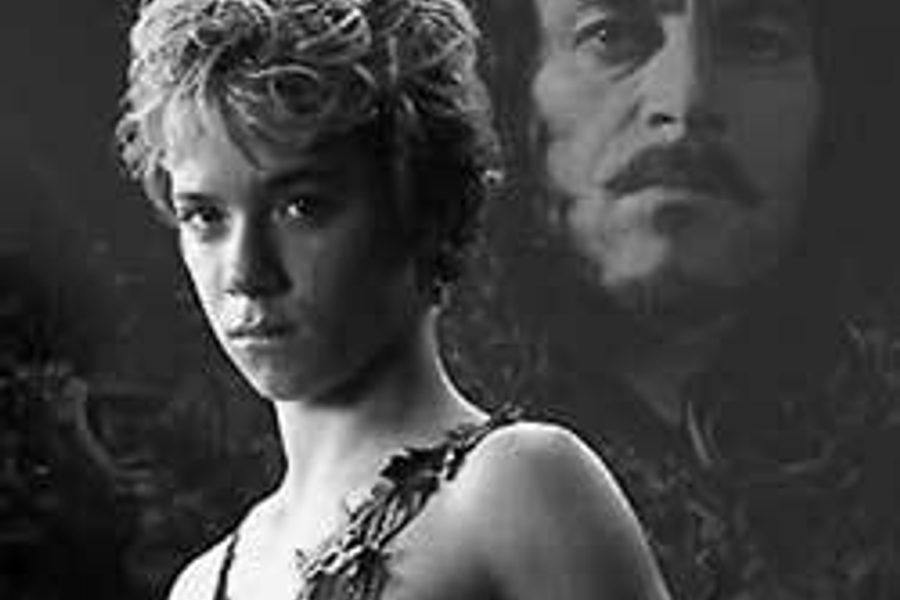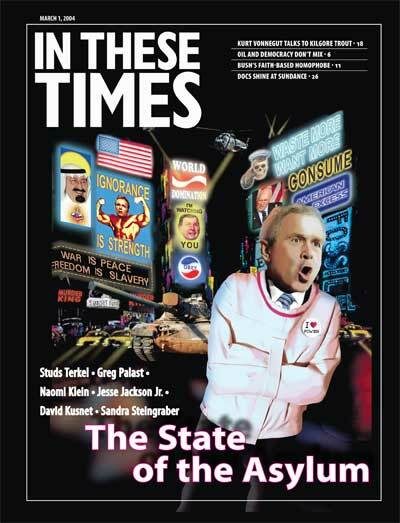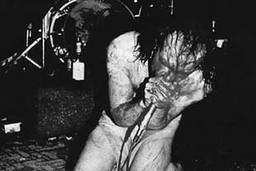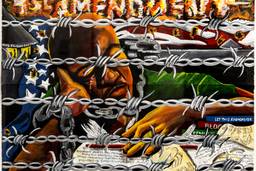
What the hell? That P.J. Hogan’s splendid Peter Pan appears to be vanishing, unicorn-like, from our malls and multiplexes, having recouped but a portion of its fantastical cost — that over the holiday season it basically tanked — is certainly a sorry symptom of something.
But what?
A mass failure of taste? Or has the movie-going public, long preyed upon by phantasmal focus groups, finally and conclusively fragmented into demographic shards, slivers of population each with its own needs and jargon?
What cannot be categorized will die a sure death at the box office, and Hogan’s version of J.M. Barrie’s masterpiece is — looked at in a certain dim way — un-niched, unmarketable. This is no Shrek or Monsters Inc., doping out the kiddies while lobbing over the odd smirk for their adult guardians. Hogan, condescending to no one, allows the full wattage of the original to shine though, in all the richness of its high language and the strangeness of its conceits. The men who green-lighted him must be wringing their hands.
In Barrie’s Peter Pan—first staged in 1904, novelized (by Barrie himself) in 1911 and filmed uncertainly ever since — we recognize within seconds the hallmarks of the authentic children’s classic. We get the sense, simultaneously, of a superabundance of energy and an almost ruthless economy of theme: “All children, except one, grow up.”
There it is, the beginning and the end of it, and all an able filmmaker has to do is let it pass unmangled through his hands.
Hogan does this, but he also does some exquisite work of his own. Barrie wrote that a good story should not be “large and sprawly, you know, with a tedious distance between one adventure and another, but nicely crammed.” And in the pacing and layering of his narrative Hogan captures this perfectly. Scene by scene we feel Barrie’s unblinking piling-on of weirdness, the dreamlike compression of events and surplus vividness produced around Neverland.
Hogan also gets some excellent performances. Jeremy Sumpter as Peter is as bright and heartless and defensively brash as Barrie could have wished. If there is a tinniness to his performance it is the tinniness of Peter’s own shallow nature. He has the stinging humors of an Ariel, spurning adulthood as Ariel in Shakespeare’s Tempest spurned her mistress Sycorax. Ariel was confined to a cloven pine, but Peter is at his godless liberty, flying high and crowing of his own cleverness.
In his first draft of the play, Barrie had no Hook at all: Peter himself was the villain, a “demon boy” swooping in the sashed windows. All the necessary badness, the necessary spite, was in Peter, and Hook was mere stagecraft.
So Jason Isaacs plays the pirate in all his fatal superfluity, as a sort of depleted rock star, drained and sighing, testing the edge of his hook with an almost-numb fingertip. He seems to lack life, to have been brought into being at the cruel whim of the child-god, for sport. His galleon and crew are icebound off the shore of Neverland, in suspended animation as it were, until Peter returns from London, at which point Hook resumes his role as the jaded sponsor of Peter’s buccaneer dreams.
Isaacs, following convention, also plays Mr. Darling, father to Wendy, Michael and John. Oh the awful halfness of Mr. Darling, that cripple of adulthood! We see him at home, outnumbered, where the chandeliers tremble to the pounding of little feet. We see him at work, at the bank, shrinking before the god-like board of directors, with its galaxy of white whiskers. “I must become a man that children fear and adults respect!” he cries out. And then comes his ghastly moment of self-assertion: White-faced and brittle, he casts the dog/nurse Nana out into the cold. (This is the trigger incident that sends his children through the window with Peter.)
Rachel Hurd-Wood plays Wendy, and she is dead-on: lustrous, toothy, flowingly nightgowned and gravely excited by violence. Peter may have his Ariel moods, but it is Wendy who is Barrie’s Prospero: Her nursery stories cast the spell, lifting her listeners into the dreamstate, and it is she who takes the decision to return from Neverland to gently conduct her brothers back to an enriched and clarified reality.
All together now: One … two … three … “Will you be my mother?”

I hope you found this article important. Before you leave, I want to ask you to consider supporting our work with a donation. In These Times needs readers like you to help sustain our mission. We don’t depend on—or want—corporate advertising or deep-pocketed billionaires to fund our journalism. We’re supported by you, the reader, so we can focus on covering the issues that matter most to the progressive movement without fear or compromise.
Our work isn’t hidden behind a paywall because of people like you who support our journalism. We want to keep it that way. If you value the work we do and the movements we cover, please consider donating to In These Times.





